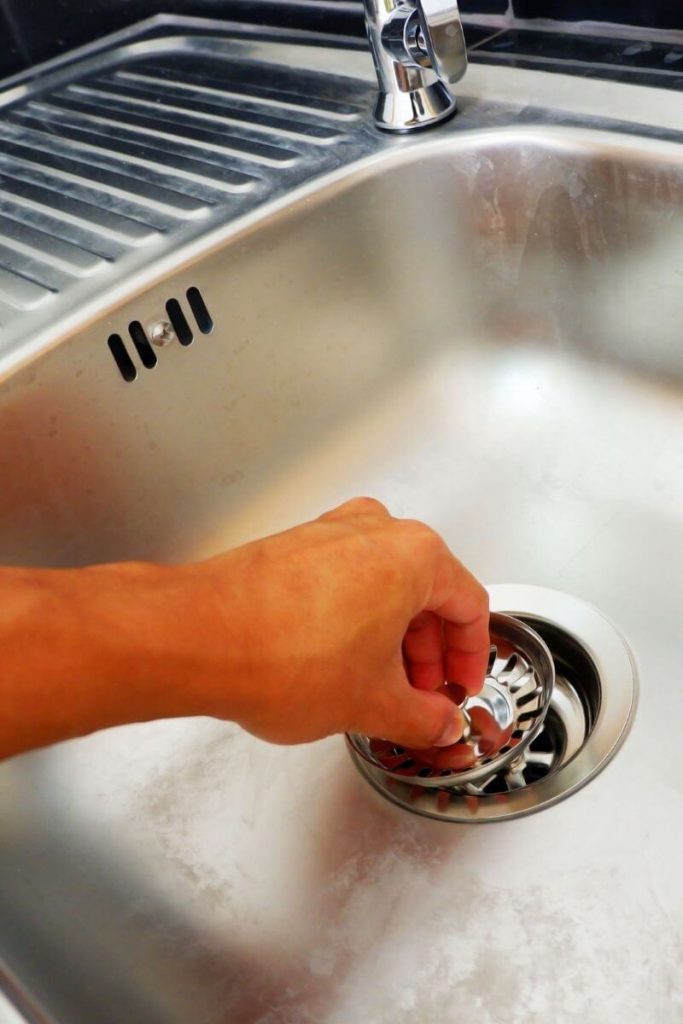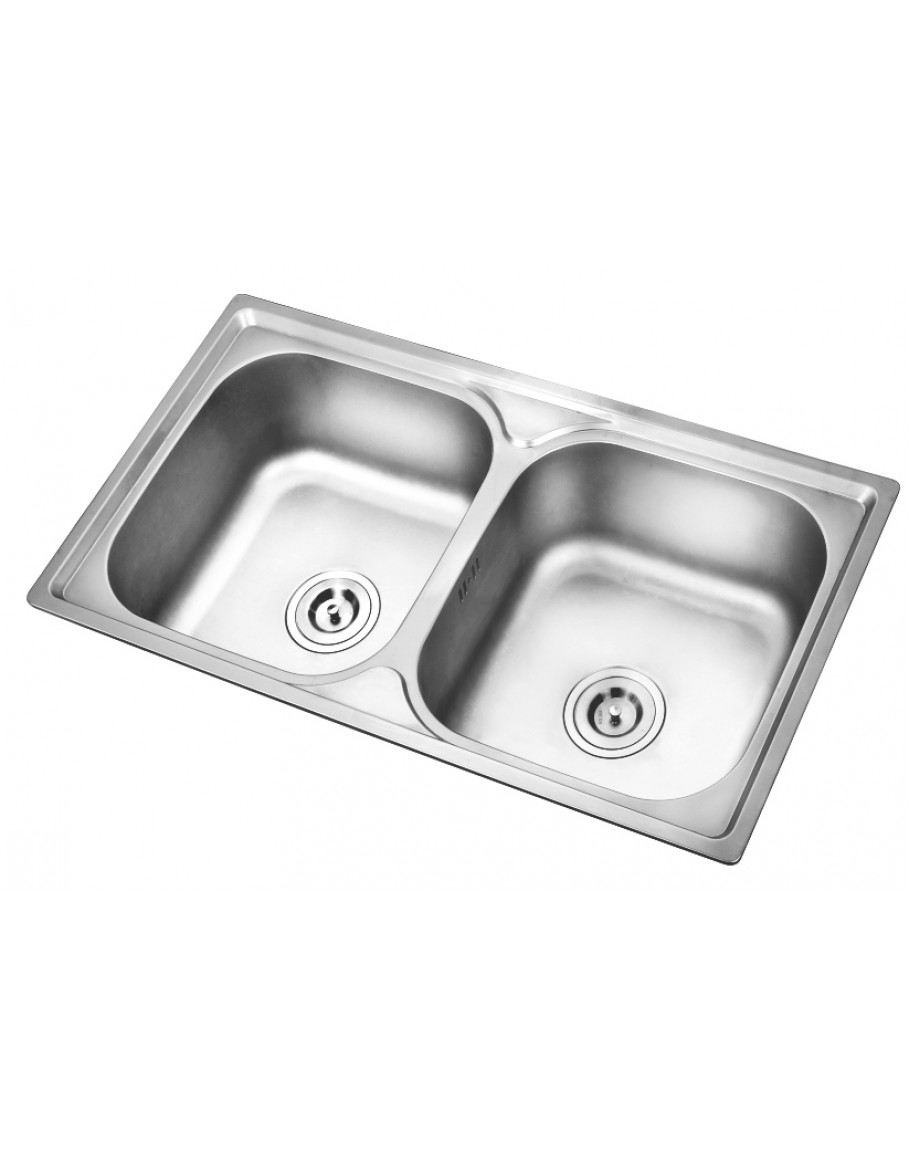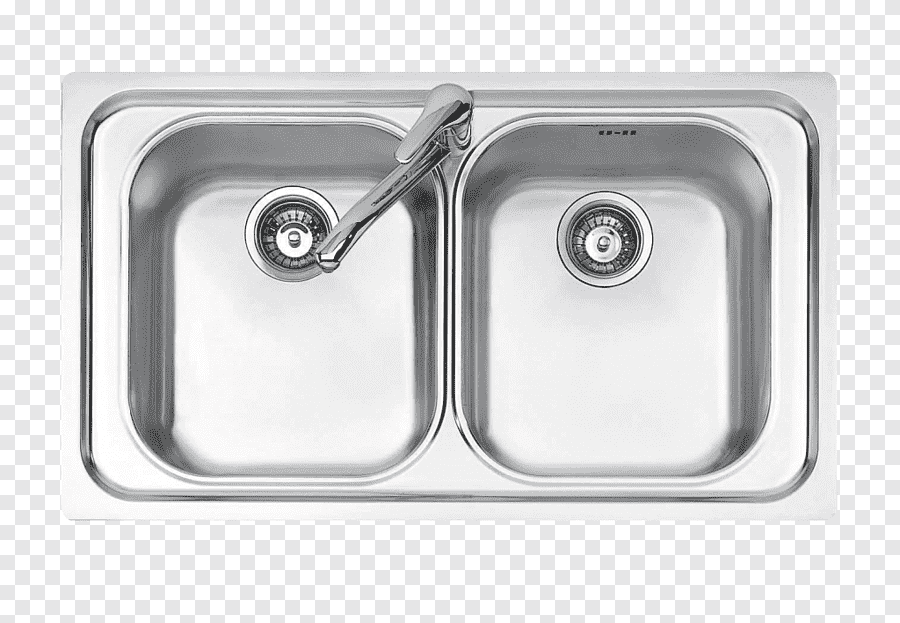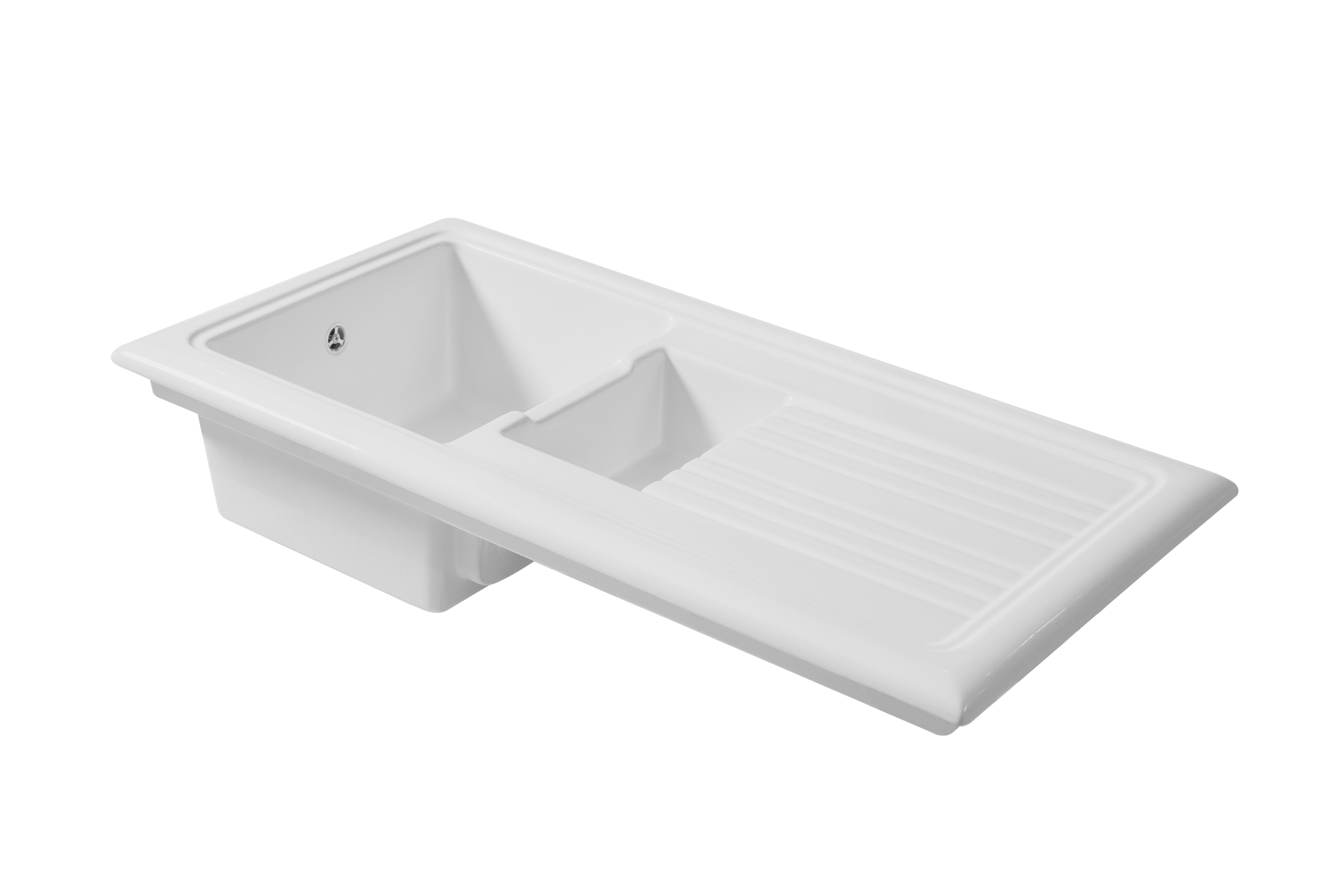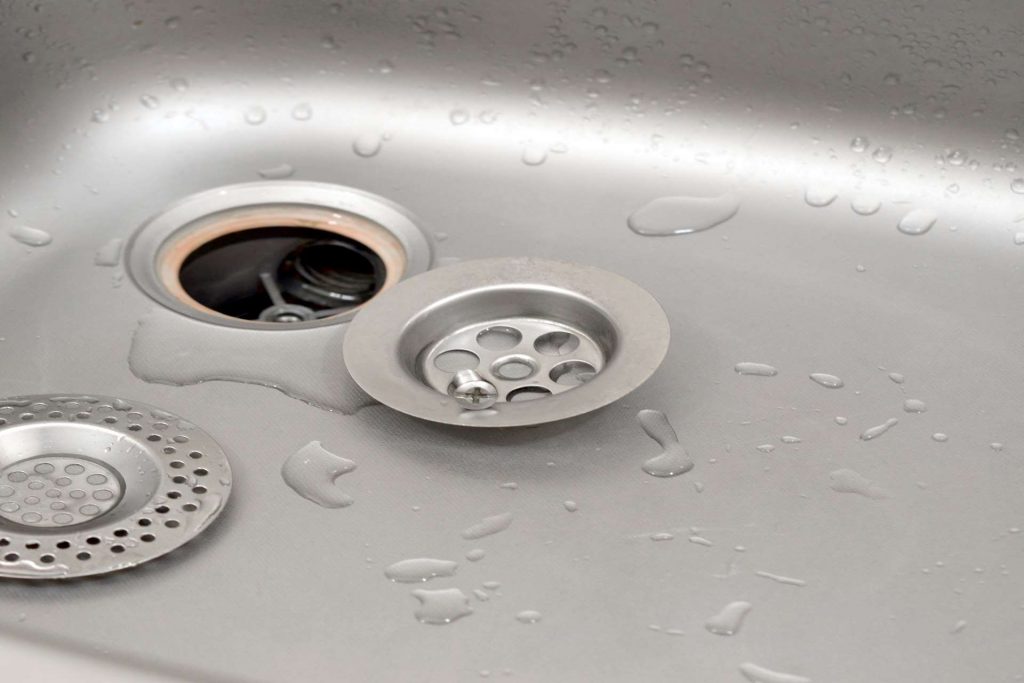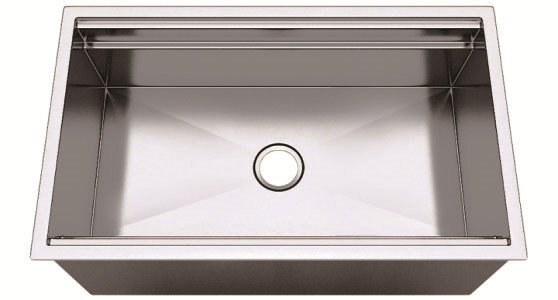When it comes to building or renovating your kitchen, it's important to make sure that everything is up to code. This includes the drainage system for your kitchen sink. Building regulations for kitchen sink drainage can vary depending on your location, but there are some general requirements that are consistent across the board. The main purpose of these regulations is to ensure that your kitchen sink is connected to a safe and functional drainage system that complies with health and safety standards. This not only protects you and your family, but it also helps to maintain the overall integrity of your home. If you're planning on installing a new kitchen sink or making any changes to your existing one, it's important to familiarize yourself with the building regulations for kitchen sink drainage in your area.1. Building Regulations for Kitchen Sink Drainage
The requirements for kitchen sink drainage may vary depending on the type of sink and the plumbing system in your home. However, there are some general guidelines that apply to most kitchen sinks. First and foremost, your kitchen sink must have a trap. This is a curved section of pipe that prevents sewer gases from entering your home. The trap should also have a cleanout valve for easy access in case of any blockages. In addition, the kitchen sink must have a vent. This allows air to enter the drainage system, which helps to maintain proper water flow and prevents any suction that could lead to clogs. The vent should be connected to the main vent stack of your home's plumbing system. Lastly, the kitchen sink must have a proper slope for drainage. This means that the pipe leading from the sink to the main drainage system should have a downward slope of at least 1/4 inch per foot. This ensures that water and waste can flow freely and prevents any standing water that could lead to foul odors and bacteria growth.2. Kitchen Sink Drainage Requirements
The International Plumbing Code (IPC) is the standard for kitchen sink drainage in most areas of the United States. This code outlines the minimum requirements for plumbing systems in both residential and commercial buildings. According to the IPC, all plumbing fixtures, including kitchen sinks, must be connected to an approved drainage system that complies with the code. This includes having a trap, vent, and proper slope for drainage, as mentioned before. It's important to note that some areas may have their own local plumbing codes that may differ from the IPC. It's always best to check with your local building department to ensure that you are following the correct code for your specific location.3. Kitchen Sink Drainage Code
In addition to building codes, there are also standards set by organizations such as the American Society of Plumbing Engineers (ASPE) and the National Kitchen and Bath Association (NKBA). These standards provide guidelines for plumbing systems, including kitchen sink drainage, to ensure safety and functionality. For example, the ASPE has a standard that specifies the minimum size of the drain pipe for a kitchen sink. This helps to prevent any potential clogs and ensures that water can flow freely without any issues. The NKBA also has a standard that recommends the use of a garbage disposal for kitchen sinks. This helps to prevent any food waste from clogging the drain and causing issues with the plumbing system.4. Kitchen Sink Drainage Standards
Guidelines for kitchen sink drainage are typically provided by local building departments or plumbing associations. These guidelines may include specific requirements for the type of materials used, the size of the pipes, and the placement of the sink in relation to other fixtures. It's important to follow these guidelines to ensure that your kitchen sink drainage is compliant with local regulations. Failure to do so could result in fines or even potential health hazards for you and your family. If you're unsure about any guidelines that may apply to your specific location, it's always best to consult with a professional plumber who is familiar with the building codes and regulations in your area.5. Kitchen Sink Drainage Guidelines
In addition to building codes and guidelines, there may also be specific laws related to kitchen sink drainage in your area. These laws are put in place to ensure that the drainage system is properly installed and maintained to prevent any potential health hazards or environmental issues. For example, some areas may require that any changes to the kitchen sink drainage system must be approved by a licensed plumber and inspected by the local building department. This helps to ensure that the system is compliant and safe for use. It's important to research and understand any laws related to kitchen sink drainage in your area to avoid any potential legal issues in the future.6. Kitchen Sink Drainage Laws
In some cases, a permit may be required before making any changes to your kitchen sink drainage system. This is usually the case if the changes involve major alterations or additions to the existing plumbing system. Permits are typically obtained through the local building department and may require a fee. The purpose of a permit is to ensure that the work is done according to building codes and regulations to maintain the safety and functionality of the plumbing system. It's important to check with your local building department to see if a permit is required for your specific project.7. Kitchen Sink Drainage Permits
In addition to obtaining permits, some areas may also require inspections of the kitchen sink drainage system before and after any changes are made. These inspections are typically conducted by the local building department or a licensed plumber. The purpose of these inspections is to ensure that the work is done correctly and that the system is compliant with building codes and regulations. It's important to schedule these inspections to avoid any potential issues or delays in your project.8. Kitchen Sink Drainage Inspections
Compliance with kitchen sink drainage regulations is essential for the safety, functionality, and overall integrity of your home. It's important to make sure that your kitchen sink is properly connected to a safe and functional drainage system that meets all building codes and regulations. Taking shortcuts or disregarding regulations can lead to potential health hazards, environmental issues, and costly repairs in the future. It's always best to follow the rules and regulations to ensure the best results for your kitchen sink drainage system.9. Kitchen Sink Drainage Compliance
While most areas follow the IPC and other national standards, it's important to note that some states may have their own specific regulations for kitchen sink drainage. These regulations may vary in terms of requirements, permits, and inspections. For example, California has its own plumbing code that differs from the IPC and requires a separate permit for any plumbing work. It's important to research and understand the regulations in your state to ensure compliance and avoid any potential issues. In conclusion, kitchen sink drainage regulations are in place to ensure the safety, functionality, and overall integrity of your home. It's important to be familiar with these regulations and follow them when building or renovating your kitchen to avoid any potential issues in the future. Remember to always check with your local building department and consult with a professional plumber if you have any questions or concerns. 10. Kitchen Sink Drainage Regulations by State
Why Proper Kitchen Sink Drainage is Essential for a Well-Designed Home

Efficiency and Functionality
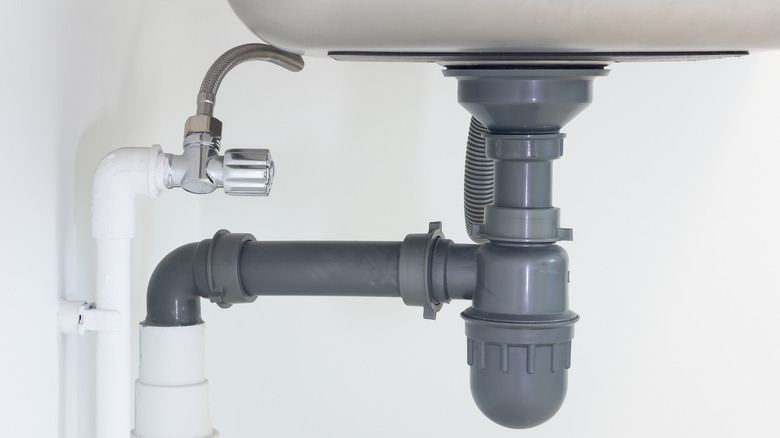 A kitchen is often considered the heart of a home, and its design is crucial in ensuring the efficiency and functionality of this essential space. One of the key components of a well-designed kitchen is the drainage system, particularly that of the kitchen sink. Proper kitchen sink drainage is essential for maintaining a clean, hygienic and functional kitchen. This is why many countries have specific regulations in place to ensure that kitchen sink drainage systems meet certain standards.
A kitchen is often considered the heart of a home, and its design is crucial in ensuring the efficiency and functionality of this essential space. One of the key components of a well-designed kitchen is the drainage system, particularly that of the kitchen sink. Proper kitchen sink drainage is essential for maintaining a clean, hygienic and functional kitchen. This is why many countries have specific regulations in place to ensure that kitchen sink drainage systems meet certain standards.
Preventing Clogs and Blockages
 One of the main reasons for having regulations regarding kitchen sink drainage is to prevent clogs and blockages. A clogged kitchen sink can cause a lot of inconvenience and can even lead to water damage in the kitchen. It can also be a breeding ground for bacteria and unpleasant odors. Proper drainage regulations ensure that the pipes and drains are designed and installed in a way that allows for efficient water flow and prevents any blockages from occurring.
One of the main reasons for having regulations regarding kitchen sink drainage is to prevent clogs and blockages. A clogged kitchen sink can cause a lot of inconvenience and can even lead to water damage in the kitchen. It can also be a breeding ground for bacteria and unpleasant odors. Proper drainage regulations ensure that the pipes and drains are designed and installed in a way that allows for efficient water flow and prevents any blockages from occurring.
Maintaining Hygiene and Health
 A kitchen sink is an area where food is prepared and dishes are washed, making it a potential breeding ground for bacteria and other harmful germs. This is why it is crucial to have proper drainage in place to ensure that any food particles and bacteria are disposed of effectively. Regulations regarding kitchen sink drainage often include guidelines for regular cleaning and maintenance, ensuring a hygienic and healthy environment in the kitchen.
A kitchen sink is an area where food is prepared and dishes are washed, making it a potential breeding ground for bacteria and other harmful germs. This is why it is crucial to have proper drainage in place to ensure that any food particles and bacteria are disposed of effectively. Regulations regarding kitchen sink drainage often include guidelines for regular cleaning and maintenance, ensuring a hygienic and healthy environment in the kitchen.

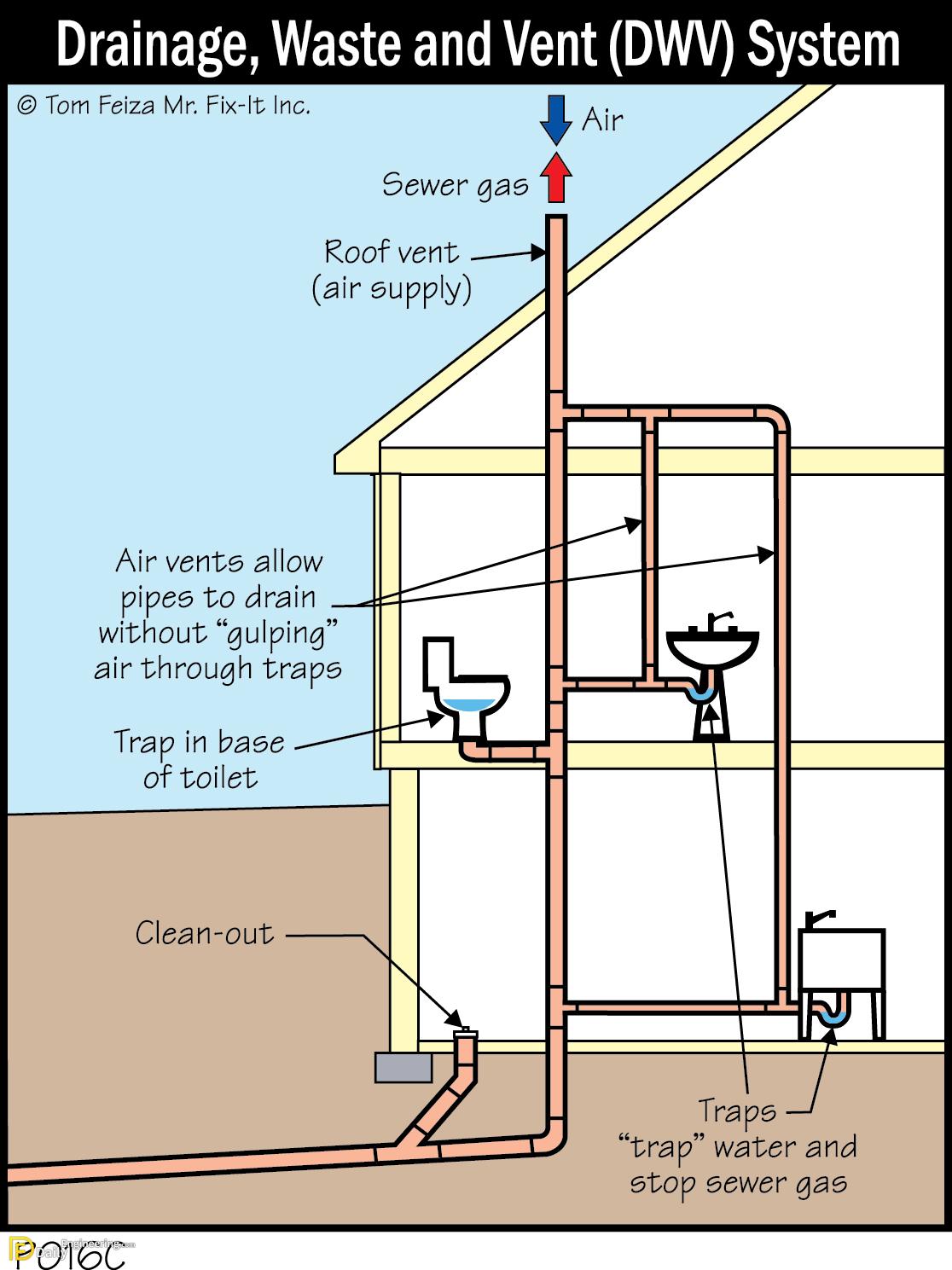





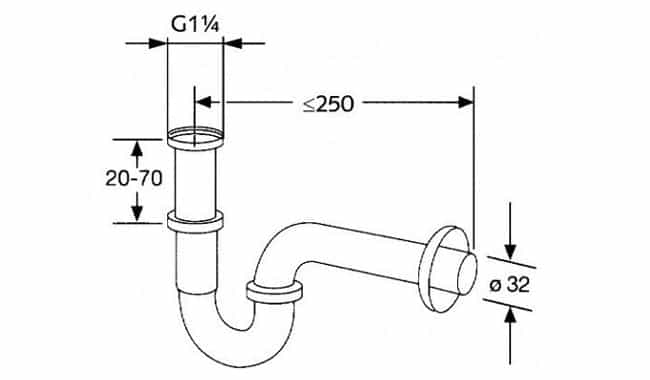


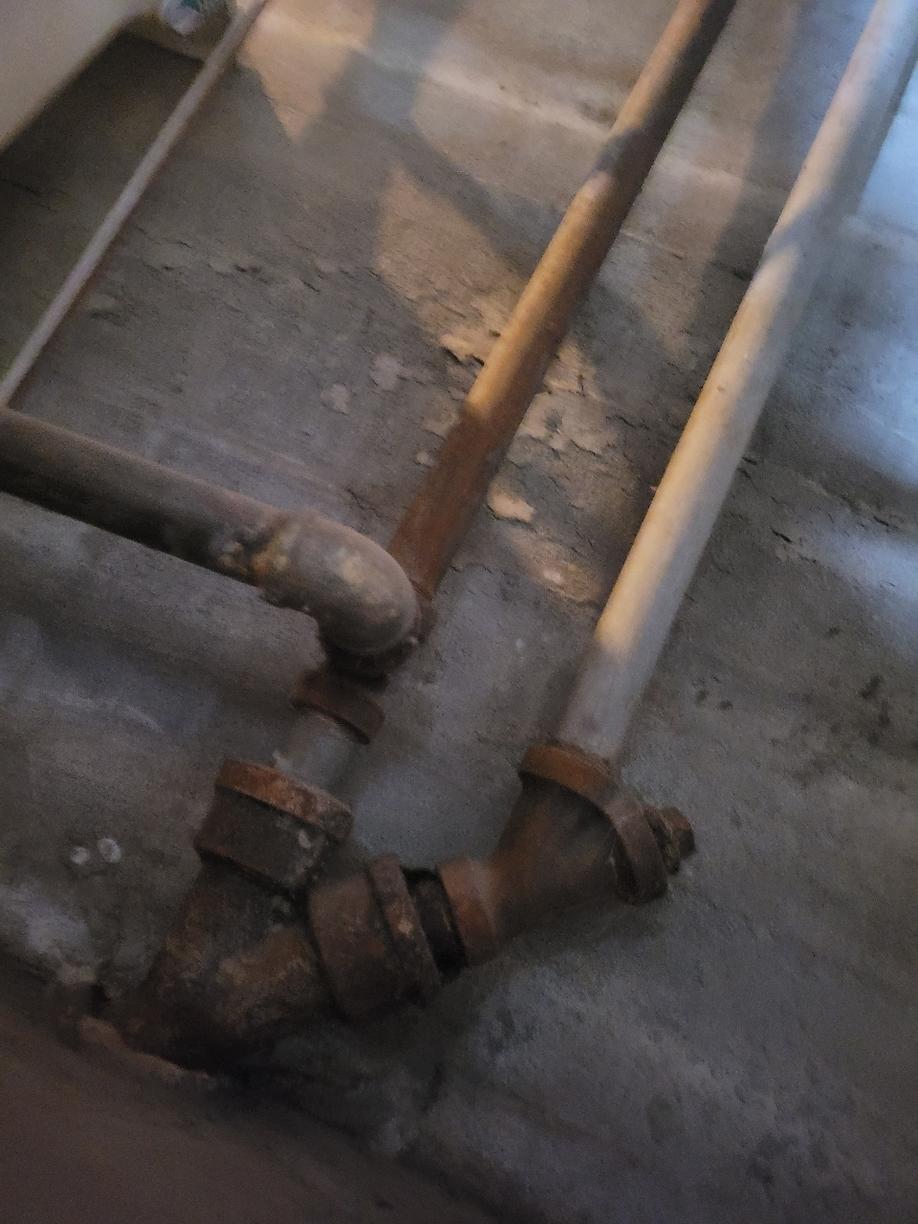
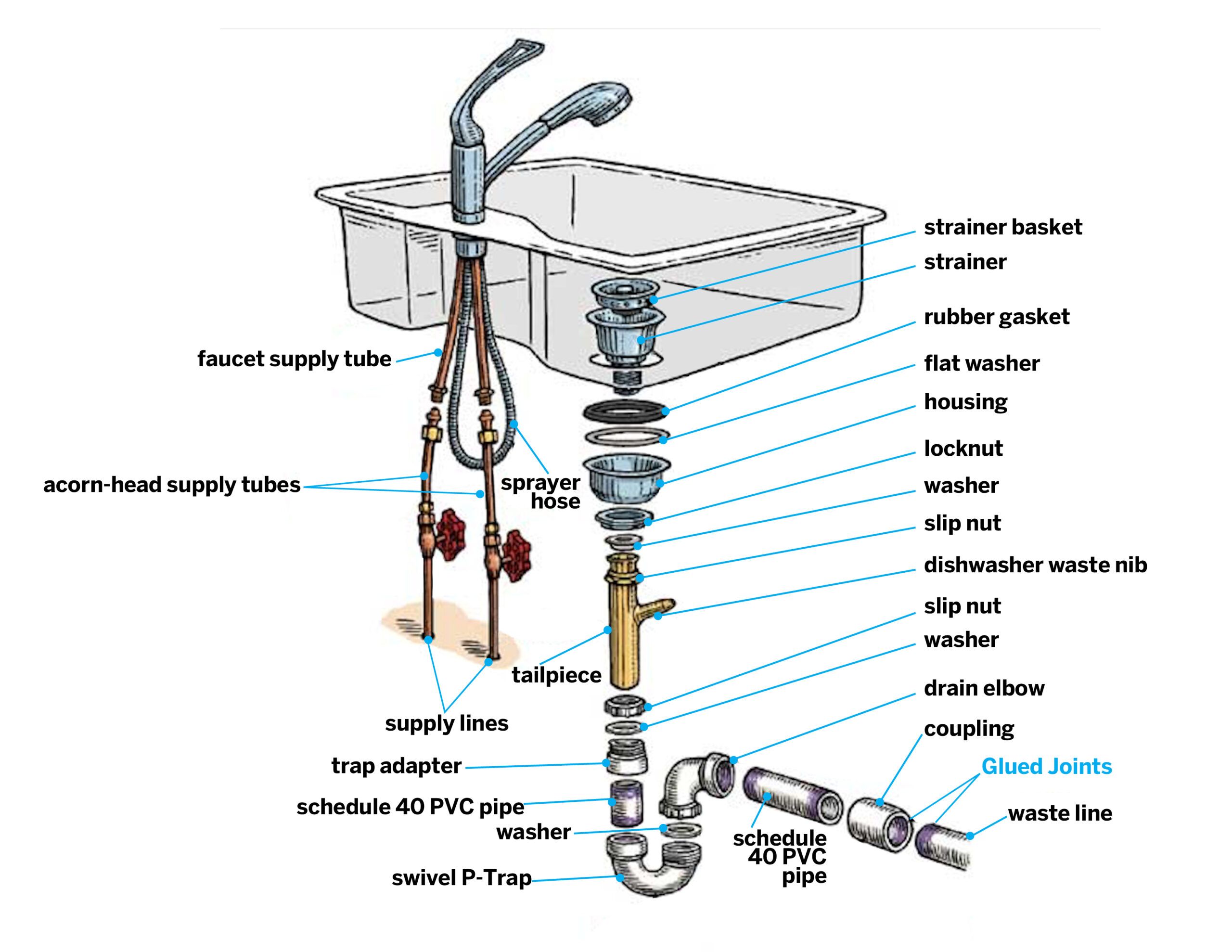
:max_bytes(150000):strip_icc()/how-to-install-a-sink-drain-2718789-hero-24e898006ed94c9593a2a268b57989a3.jpg)

/how-to-install-a-sink-drain-2718789-hero-b5b99f72b5a24bb2ae8364e60539cece.jpg)

